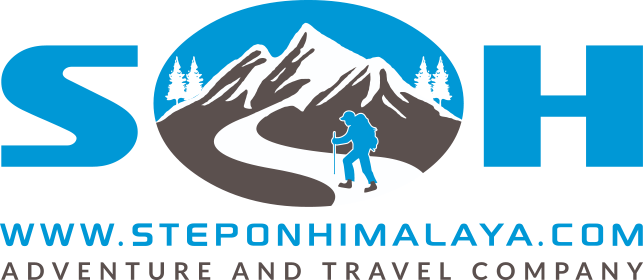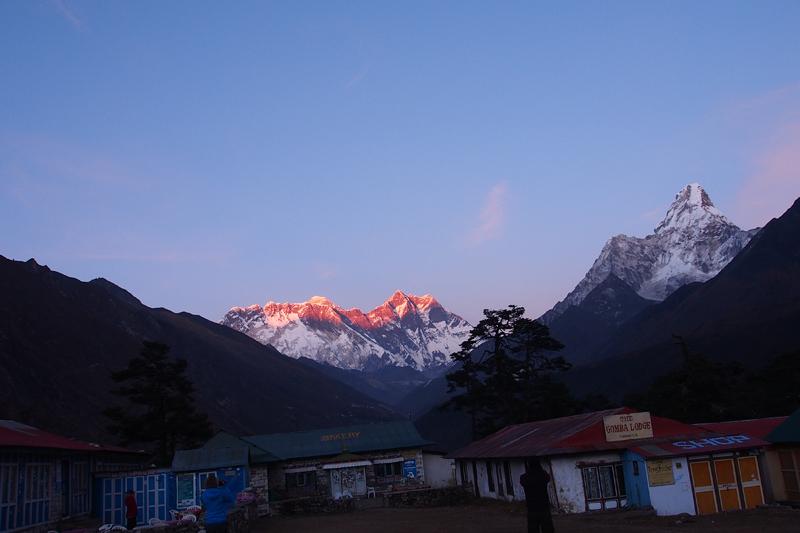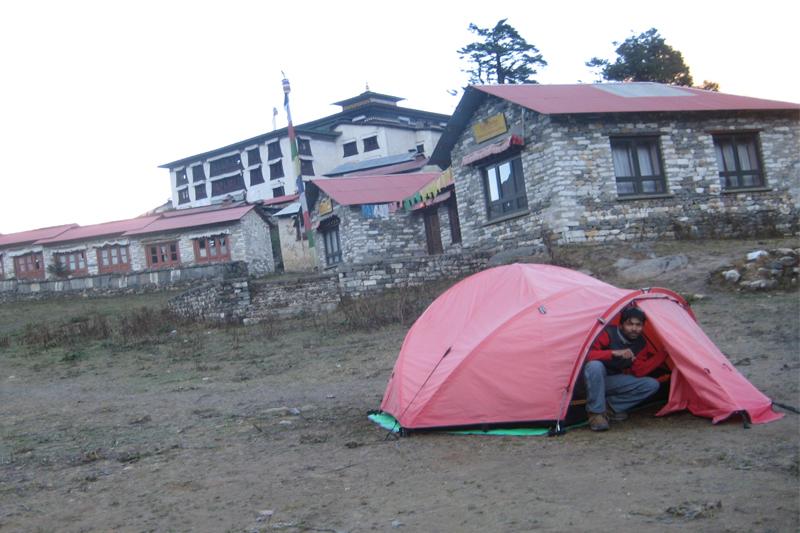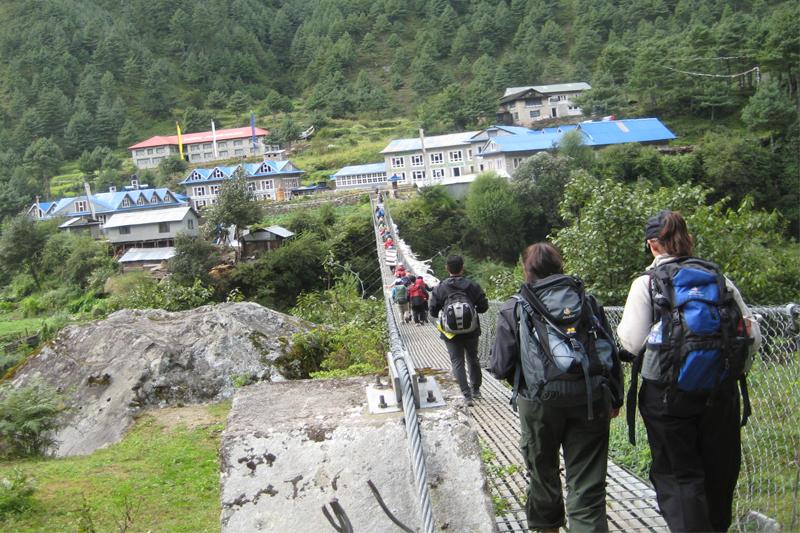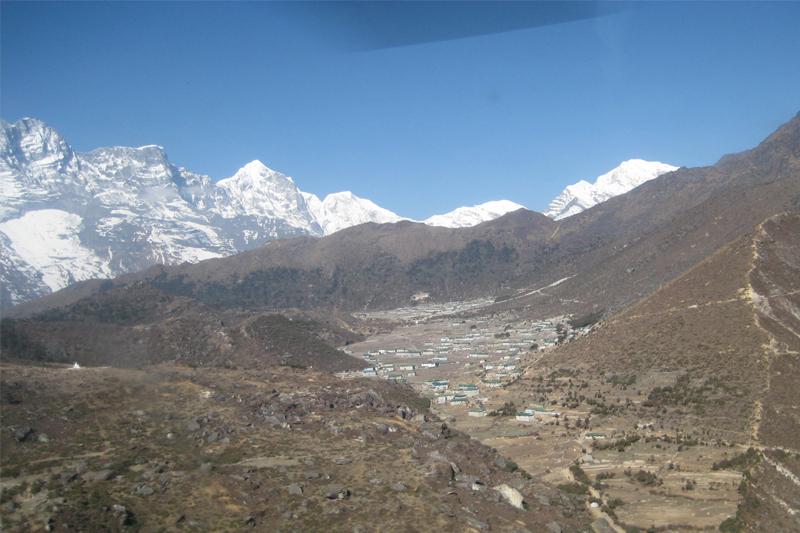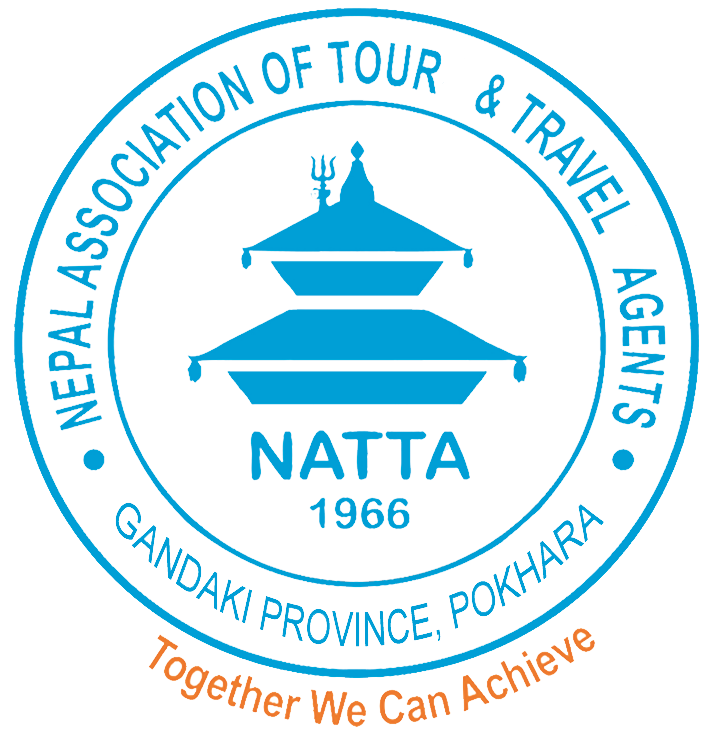Short Everest Trek
Places you will see
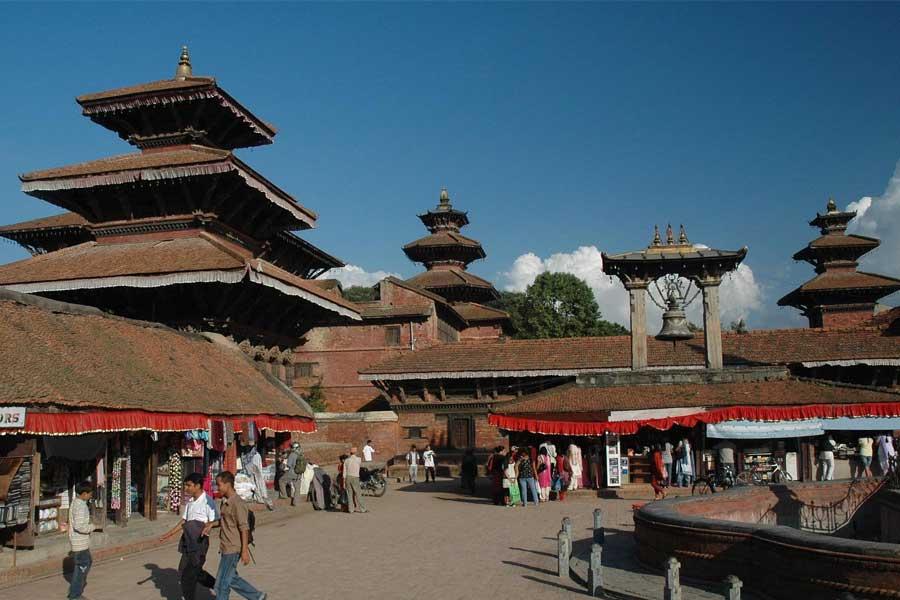
Kathmandu
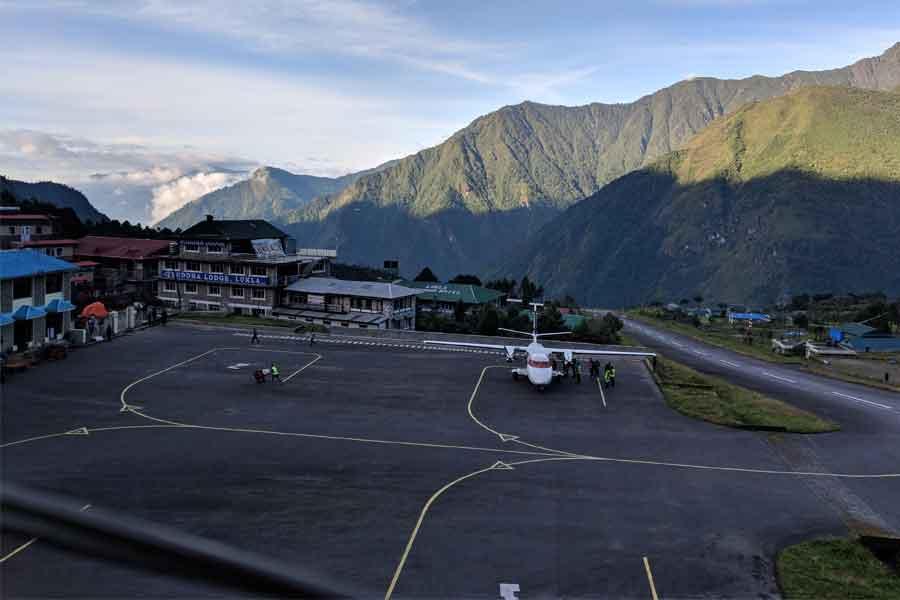
Lukla
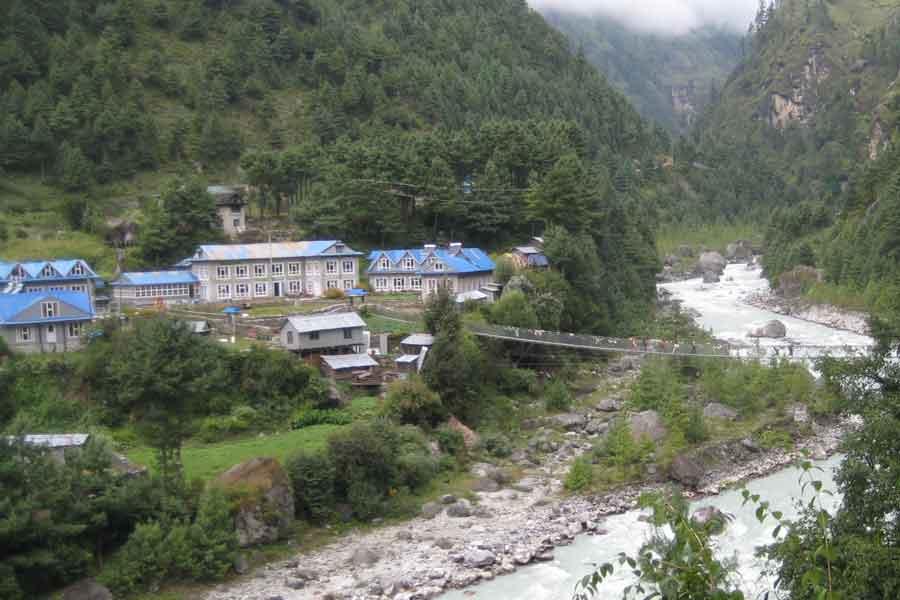
Phakding
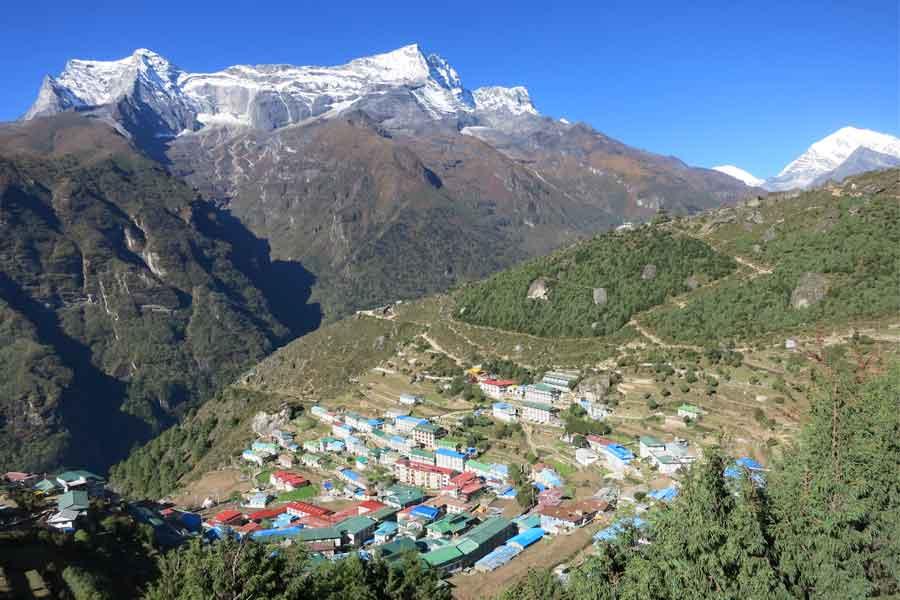
Namche Bazar
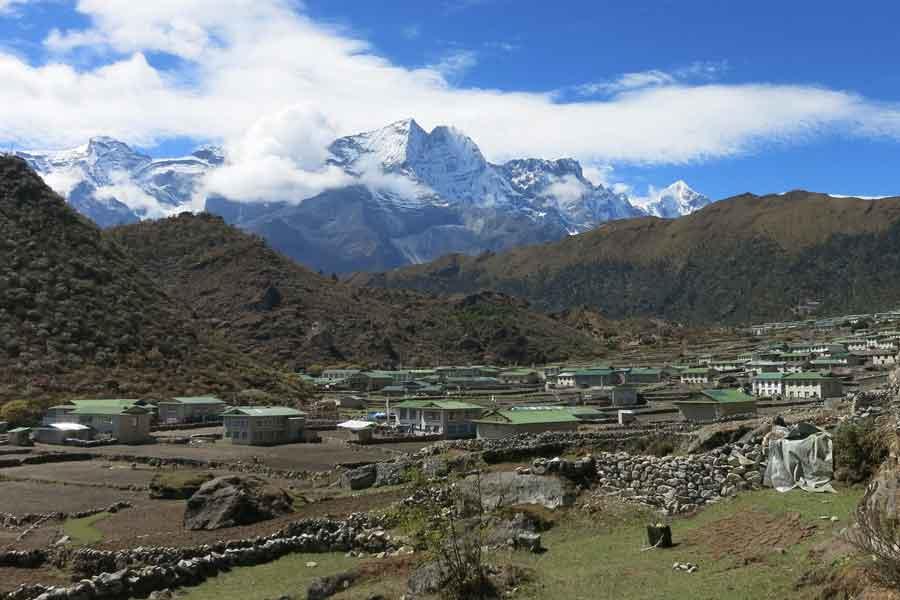
Khumjung
Trip Overview
Trip at a Glance
If you are thinking of signing up for an amazing walking holiday in the mountains, Short Everest Trek is the ideal trip. As the name suggests, the trip takes you to explore the wonderful Everest region. It is a short trekking adventure in the Everest region that brings you a spectacular view of Mt. Everest and other mountains in the region.
What is Short Everest Trek like?
Although this trek goes to the Everest region, it doesn’t take you to Everest Base Camp. This trip can be a perfect choice for those with limited time to trek up to the base camp. You will reach Namche Bazar in the region and explore the surroundings.
Short Everest Trek is a wonderful chance to explore and experience beautiful nature, mountains, and the local Sherpa cultural riches. Although it is a short trekking adventure, it offers you a lifetime experience and a memory to cherish.
A total of a 7-day trip with only 4 days of trekking in the Everest region, this adventure is full of Himalayan trekking wonders.
You can also check out this luxury trekking adventure in the Everest region.
Why Short Everest Trek?
This adventure can be a perfect trip for you if you are looking for some amazing experience in the mountains in a short time period.
You will love and enjoy this trek if you –
- Want to explore pristine nature
- Love and enjoy the local cultural wonders
- Are looking for a beautiful and short trek
- Want to witness spectacular Mt. Everest and other mountains
Detail Itinerary
Is the proposed itinerary suitable for you?
If you are looking for a custom itinerary, please feel free to reach out to our team of professionals at any time.Trip Map
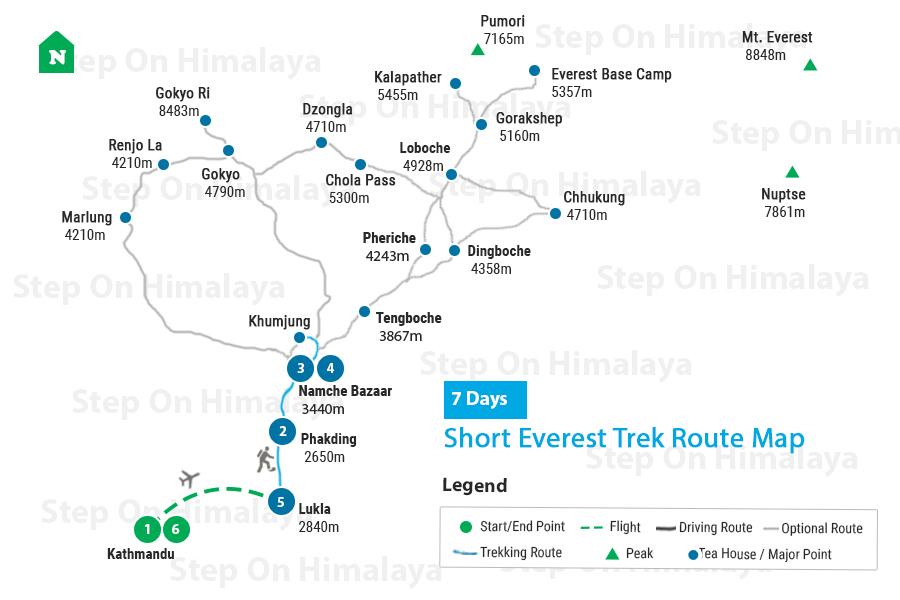
Cost Details
What is included?
- Airport transfers and other required ground transportation in a private tourist vehicle
- Accommodation (Twin sharing basis) including breakfast
- All 3 standard meals on board (Breakfast, Lunch, Dinner)
- Best available Lodges/Guesthouses/Teahouses (Twin sharing basis) during the trek
- Permits of Sagarmatha National Park with TIMS permit (2 passport size photos are required)
- All the local and government taxes
- An English-speaking, well-trained, experienced Trekking Guide
- Porter and other staff (1 porter for 2 guests)
- All the expenses, Salary, meals, accommodation, and equipment of the trekking staff
- Domestic airfare from Kathmandu to Lukla to Kathmandu
- Step on Himalaya T-shirt, trekking map, and trip achievement certificate (on request)
- Down jacket and sleeping bag during the trek (Should be returned after the trek)
- Duffle bag for the trekking
What is not included?
- International airfare
- Nepal Entry Visa Fee
- Travel insurance, Medical insurance, Emergency Evacuation, and Rescue insurance
- Meals (Lunch, Snacks, Dinner) in Kathmandu stay
- Personal expenses like beverages, internet, confectioneries, etc.
- Personal Trekking Gears and Equipment
- Tips and Perks for the trekking staff
- Any other specified expenses that are not included in the “Price Includes” section
Review

Adventure is great but being involved in an adventure with someone you can trust is amazing! It was our first trek to the Himalayas and we were so amazed to experience how well our trip was organized. Enjoyed a reliable and wonderful company Step On Himalaya with passionate and friendly leading.
Definitely going for more trips with Step On Himalaya in upcoming days. recommend others too!
